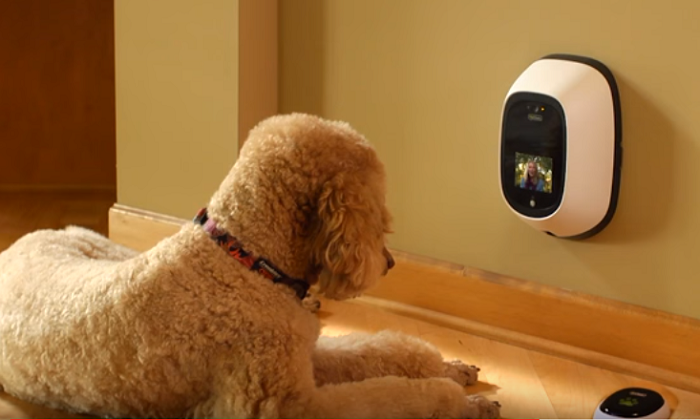
28 Apr Honest Signals: Can we communicate authentically while interacting virtually?
It is a topic of debate among venture capitalists: will we write a check without physically meeting an entrepreneur? The true question underlying this debate is: “to what extent can humans convey their ‘honest signals’ virtually given the tools we currently have at our disposal?”
Honest signals, as examined by Prof Sandy Pentland from MIT, are the ways in which we humans give off biologically pre-wired cues – a delicate code of inferences others can make about our thoughts, feelings, and personalities based on our mannerisms, tones of voice, and more. These ineffable signals have evolved over generations, and they are key to our successful communication with one another. Can we convey these same communication signals as effectively over a Zoom call? And what does that mean for deal-making and business-building?
My own answer to the overarching question? I could be very comfortable writing a small/seed check virtually. In these situations, we are all committing to be partners but in anticipation of a much larger commitment down the road. For a larger investment, though, where I would take a board seat and/or commit to partnering with a business for up to a decade, I would not be able to write this check without both sides assessing each other’s honest signals in person.
I do not believe assessing honest signals is possible with the tools we currently have at our disposal. Zoom calls are saving many of our lives and businesses right now, but they are also all-consuming and challenging at the same time. I really enjoyed this piece from the BBC, which outlines how video calls create mental fatigue and subconscious discomfort; in other words, “our minds are together when our bodies feel we’re not. That dissonance, which causes people to have conflicting feelings, is exhausting. You cannot relax into the conversation naturally” (Gianpiero Petriglieri, associate professor at Insead).
Why is it exhausting? Why isn’t it natural? Because we are not wired to communicate in this way. Communication is a building block of all life that, for human beings, has evolved over hundreds of thousands of years. It has evolved without assuming even 6 feet of distance (a measure we find discomforting), let alone assuming entirely virtual interactions. We do not experience the same chemical reactions when someone smiles on a video call that we do when someone smiles as they sit across a table from us. We are not capturing the same red flags when there is a point of disagreement between two parties.
In an increasingly virtual world, then, how do we move forward? How could technology evolve to more closely mimic human communications the way they were wired to be? More and bigger screens would help. 5G might help. Virtual reality might help. So would more analytics to help us be more human, technology that could analyze our real-time existence and provide cues or interventions that help us convey what we mean to convey.
Companies like Cogito and Humanyze, which we have helped build in partnership with Sandy, are designed even more for a world in which virtual interaction and remote work need analytics to help humans and teams be more, well, human and team-like. I am very keen to find more technology companies that help our world operate at the boundary of the human-machine interface and help answer the questions: how do we make humans more human, humans more machine-like, machines more human?
Partnerships fall apart when they are not built on solid foundations. I take foundations and partnerships very seriously in our business, and I take my time upfront to develop those foundations. I use whatever technology I can to enable these human interactions but also recognize the limit of this technology.
After all, doing a big deal is like getting professionally married. Would you date -> propose to -> marry someone entirely virtually?


